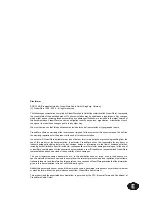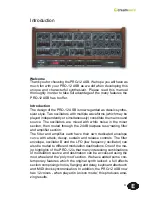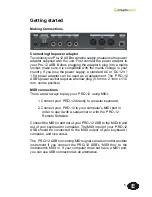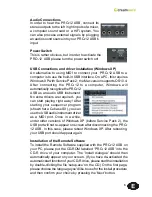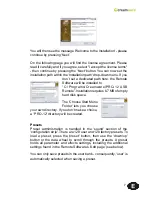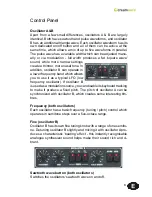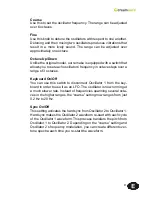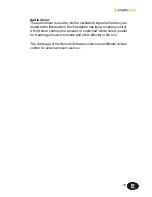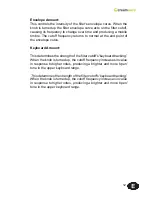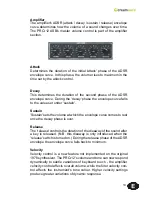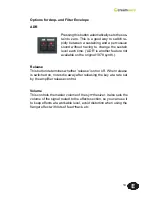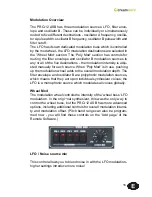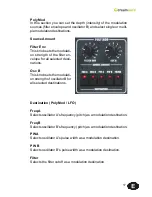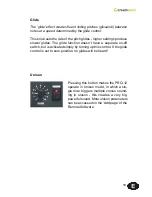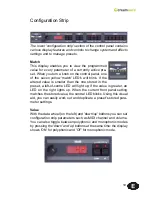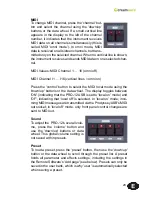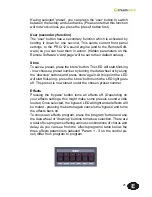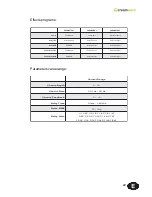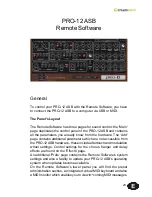
8
Control Panel
Oscillator A&B
Apart from a few small differences, oscillators A & B are largely
identical. Both have sawtooth and pulse waveforms, and oscillator
B has an additional triangle wave. Each oscillator waveform has its
own dedicated on/off button and all of them can be active at the
same time, which allows a mix of up to five waveforms in parallel.
The pulse wave has a variable width which can be adjusted manu-
ally or via modulation - full width produces a fat 'square wave'
sound, while more narrow settings
create a thinner, more nasal tone. In
addition, oscillator B can operate in
a lower frequency band which allows
you to use it as a typical LFO (low
frequency oscillator). If oscillator B
is used as a modulation source, you can disable its keyboard tracking
to make it produce a fixed pitch. The pitch of oscillator A can be
synchronized with oscillator B, which creates some interesting tim-
bres.
Frequency (both oscillators)
Each oscillator has a basic frequency (tuning / pitch) control which
operates in semitone steps over a five-octave range.
Fine (oscillator B)
Oscillator B has its own fine tuning knob with a range of one semito-
ne. Detuning oscillator B slightly and mixing it with oscillator A pro-
duces a characteristic 'beating' effect - this instantly recognisable
analogue synthesizer sound helps make their sound rich and vi-
brant.
Sawtooth wave button (both oscillators)
Switches the oscillators' sawtooth wave on and off.


